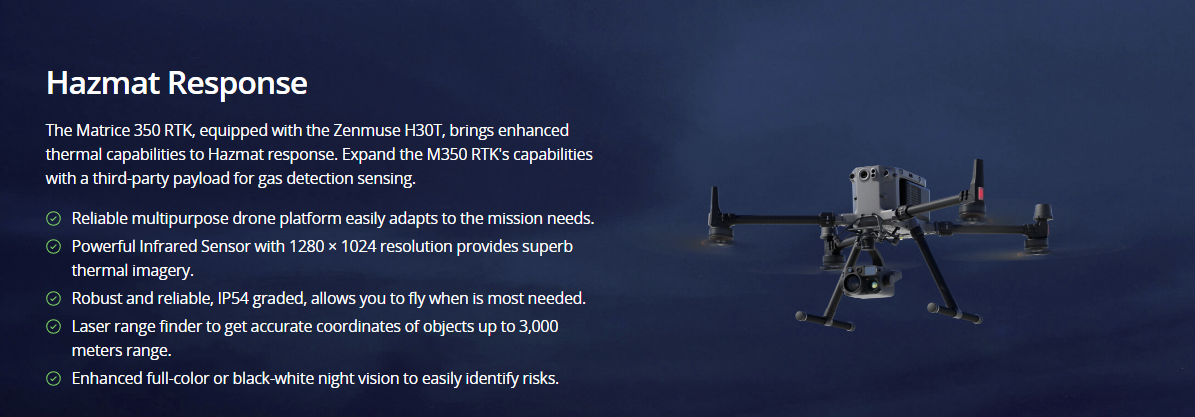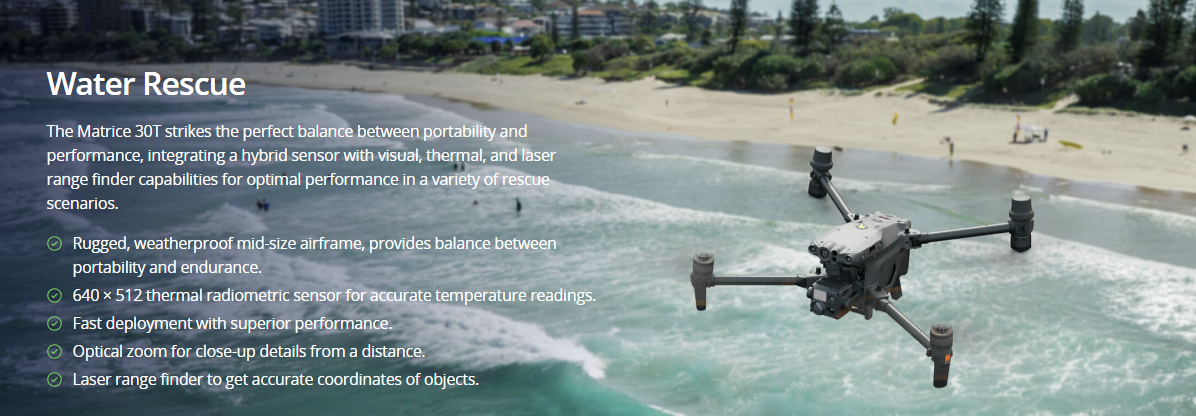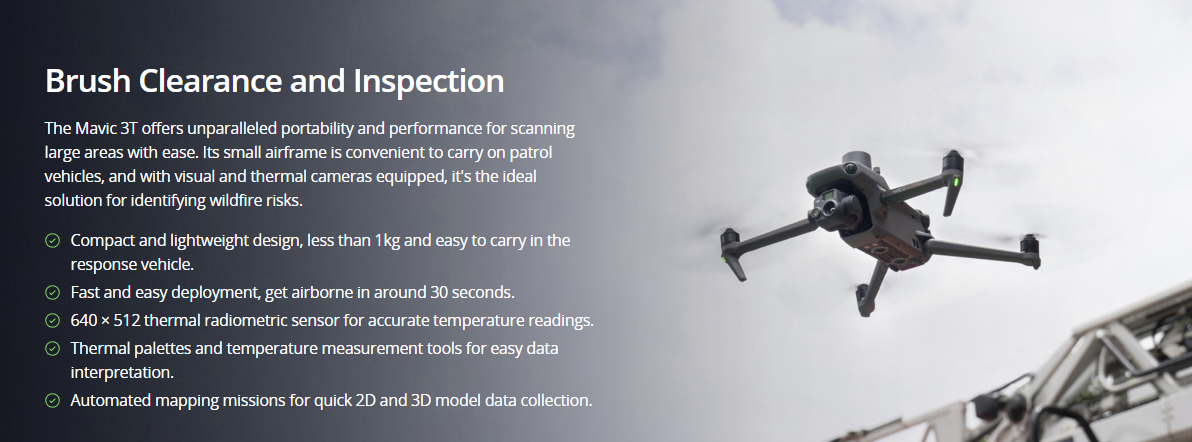Painpoints
- Firefighters often find themselves short-handed and unequipped to properly evaluate the risks in the event of a hazardous material leakage.
- Water rescue scenarios are often coordinated by land-based teams with limited resources and information.
- Fire prevention efforts usually require extensive manual labor, with teams going on foot scouting for potential fire risks.




